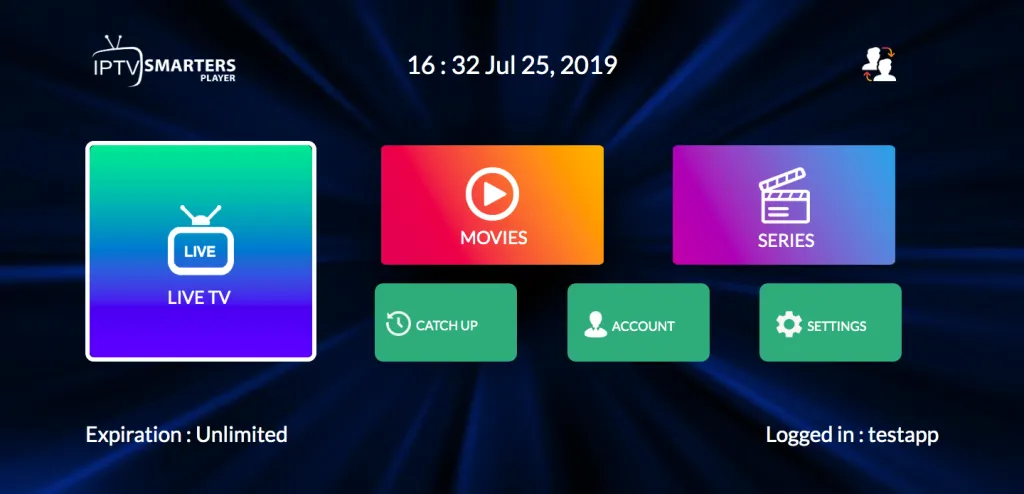If you’ve been wondering why service providers aren’t rolling out IPTV services faster, then you’re not thinking like a security pro. The answers are, in order: security and security.
Until recently, the fledgling services have been faced with two major problems: how to protect the copyrights of television content and how to affordably protect the IP networks that carry the signal from external attacks. But experts now say the first problem is under control, and there are emerging technologies that could solve the second.
The first hurdle is essentially a digital rights management issue: How can the service provider restrict access of IPTV content only to paying customers, and how can it restrict the customer’s ability to copy and distribute copyrighted content?
In the past year, however, several vendors have attacked that problem. One such vendor is Helius, which now offers MediaLock, a system that encrypts signal transmission between the service provider’s content delivery systems and the customer’s set-top box. The encryption ensures that only the paying customer can receive and descramble the IPTV content — and cannot send it to anyone else.
More recently, however, prospective IPTV providers have been struggling to find ways to secure their networks against possible hacks, such as denial-of-service attacks that were perpetrated last year on voice-over-IP services.
The problem, in a nutshell, is that IPTV services generally depend on a broad network of servers and encoders to deliver content to each customer, according to Gary Southwell, director of IPTV technology at Juniper Networks, which has been studying the problem for more than two years. Many of the servers, such as those that deliver video on demand, cannot be “locked down” because they must interact with the customer.
“We could protect them with firewalls, but IPTV is delivered at stream sizes of up to 4 Mbit/s, and most firewalls can’t sustain traffic at levels that high,” Southwell says. “The only way to do it would be to put a firewall at each server or encoder, and even if we could solve the performance problem, it would have forced the service provider to increase its average data center budget by a factor of four.”
The high cost of securing the IPTV network has essentially broken the service’s business model, Southwell observes. “The tier-1 types won’t roll out a service without being able to secure the infrastructure, and the tier 2s have tried rolling out services without the security, and then found that they couldn’t do without it.”
A DOS attack on an IPTV network might not completely prevent the delivery of the content, but it could slow it down significantly, Southwell says. For example, a Microsoft server that handles channel switching might be overwhelmed, leaving thousands of chair-bound channel-surfers clicking their remotes with slow or no effect.
To help eliminate that problem, Juniper has adapted its Integrated Security Gateway to work with Microsoft’s IPTV servers, essentially providing a secure buffer between the client system — typically a PC or set-top box — and the server that delivers the content.
“If the ISG detects an unusual number of channel requests, it can simply hold those requests for a second or two, and that will prevent the server from busying out.” The ISG also can detect the source of the DOS attack and take suspected problem users off the network, he says.
The IPTV-capable ISG product also can support traffic from as many as 100 servers, lowering the cost of deploying security capabilities significantly, Southwell says.
With the DRM problem largely solved and an infrastructure protection solution on the horizon, it won’t be long before users start to see IPTV services launched, Southwell says. “There’s still work to do as customers begin to use more PCs and PDAs for these services, but a lot of the security obstacles are being overcome.”
— Tim Wilson, Site Editor, Dark Reading



